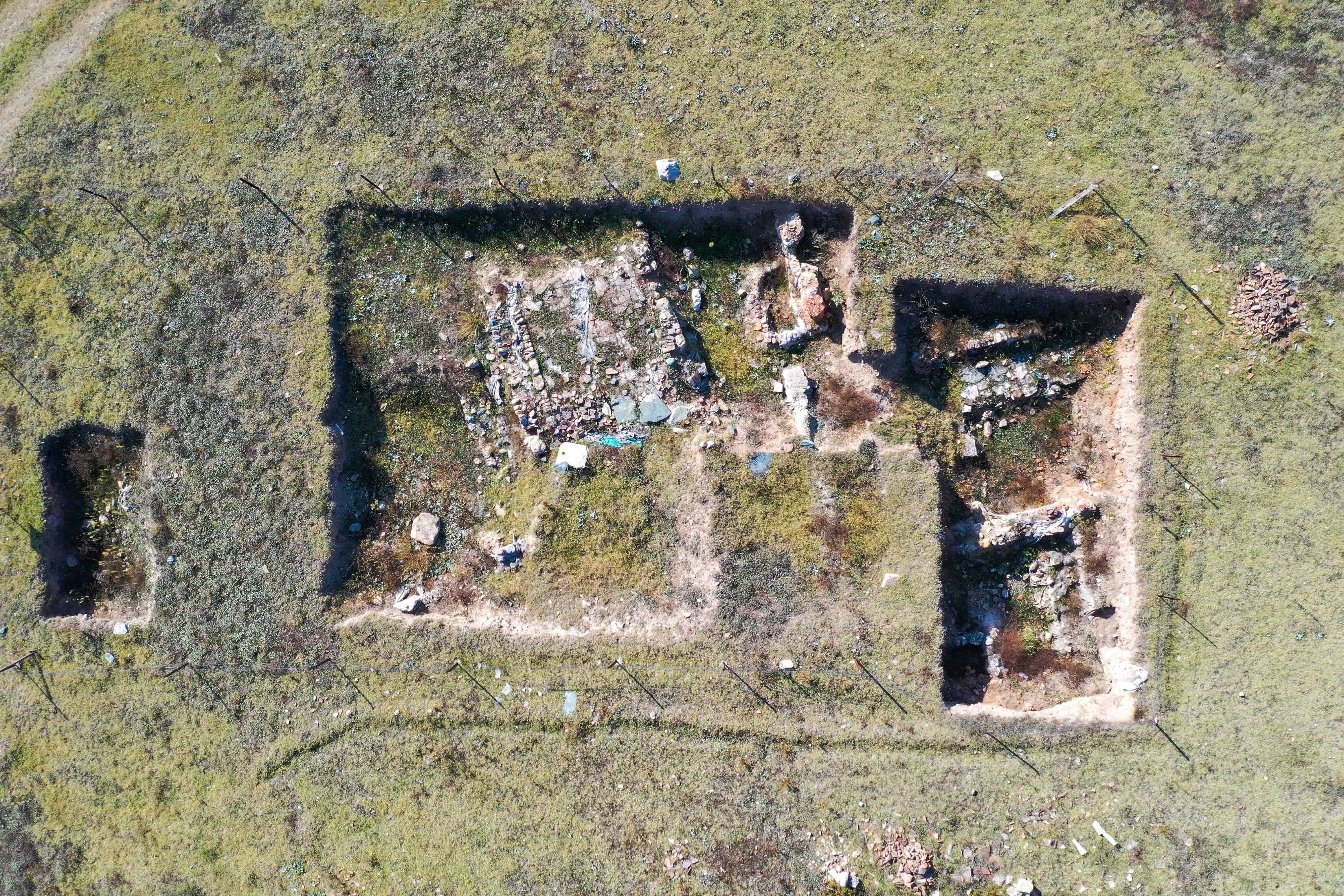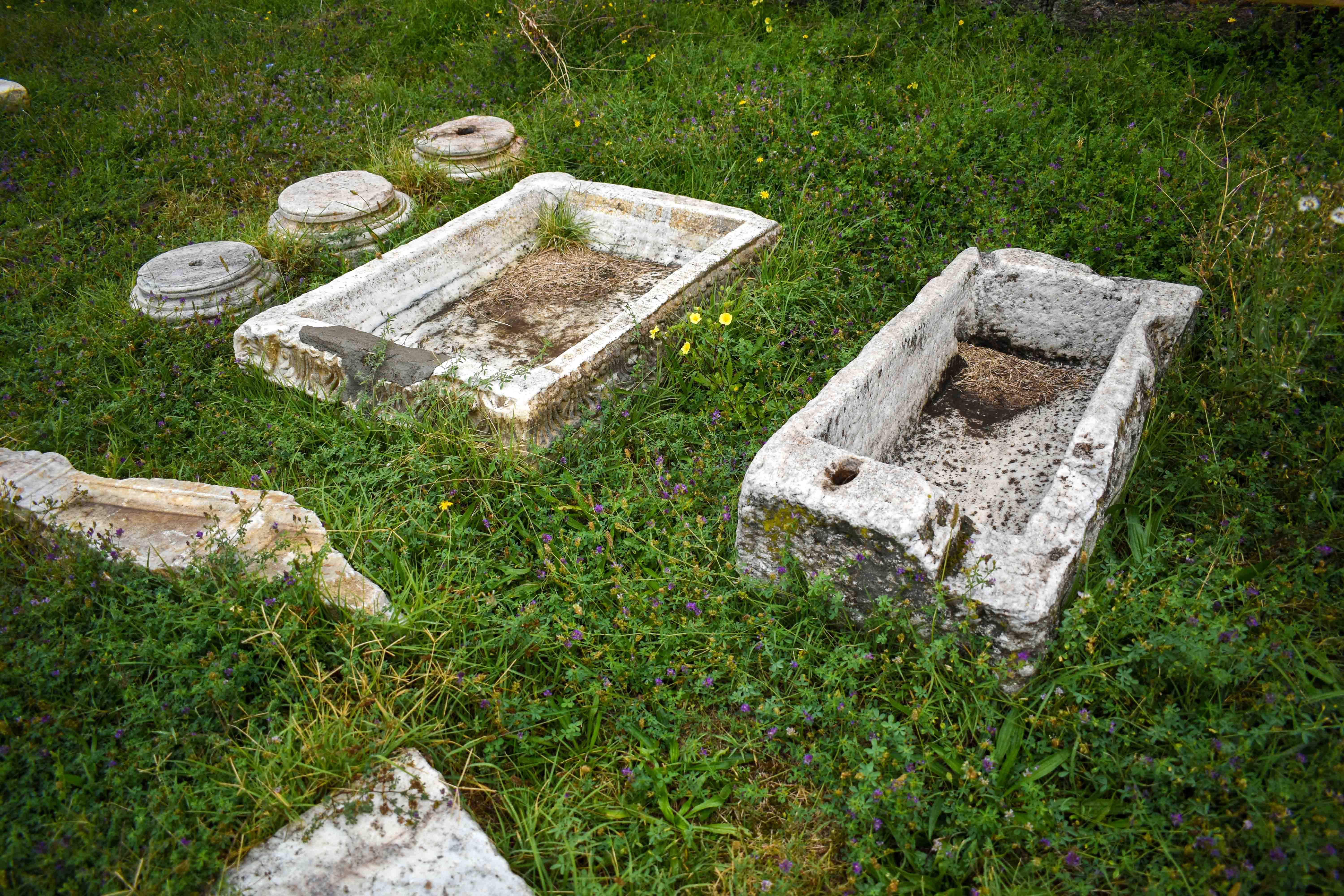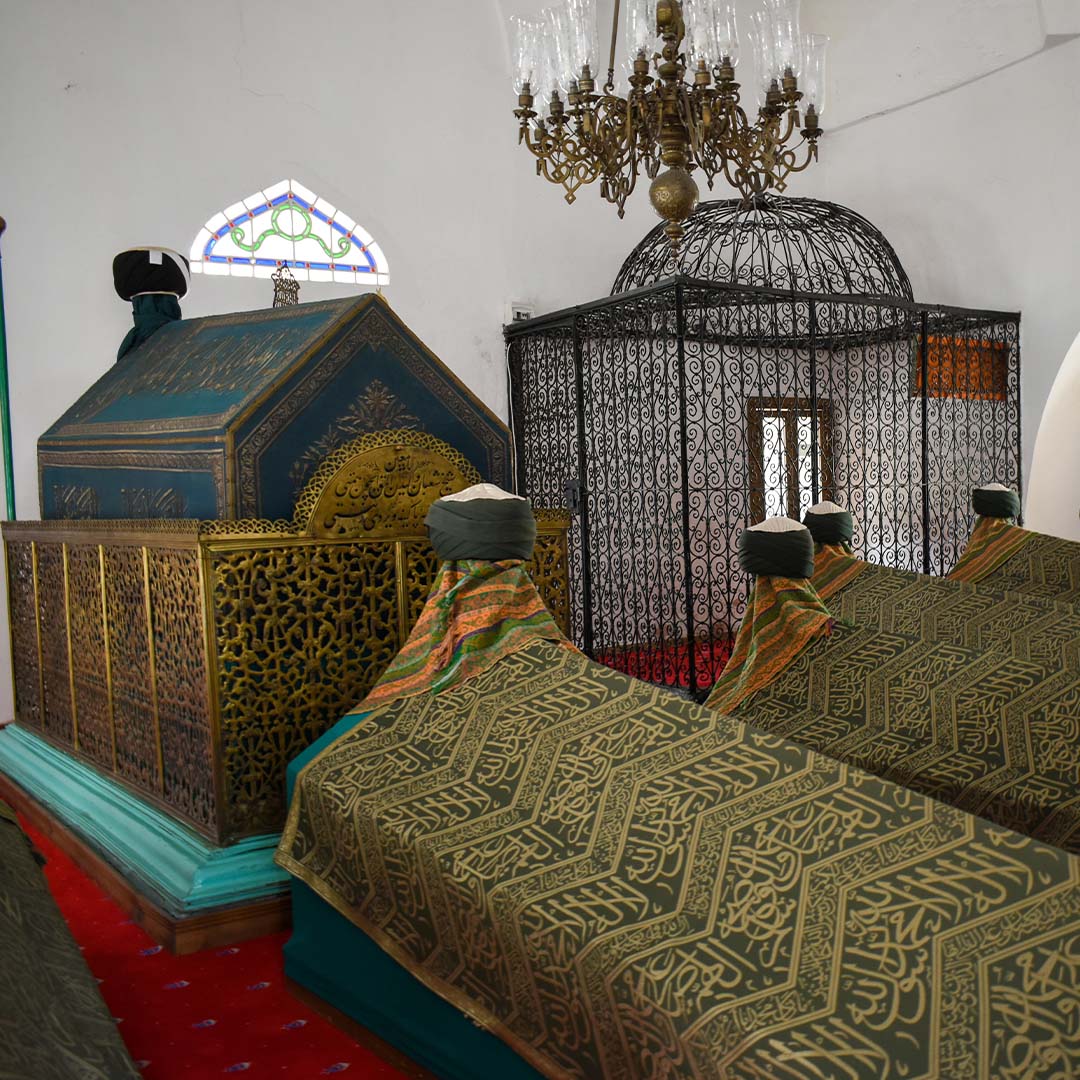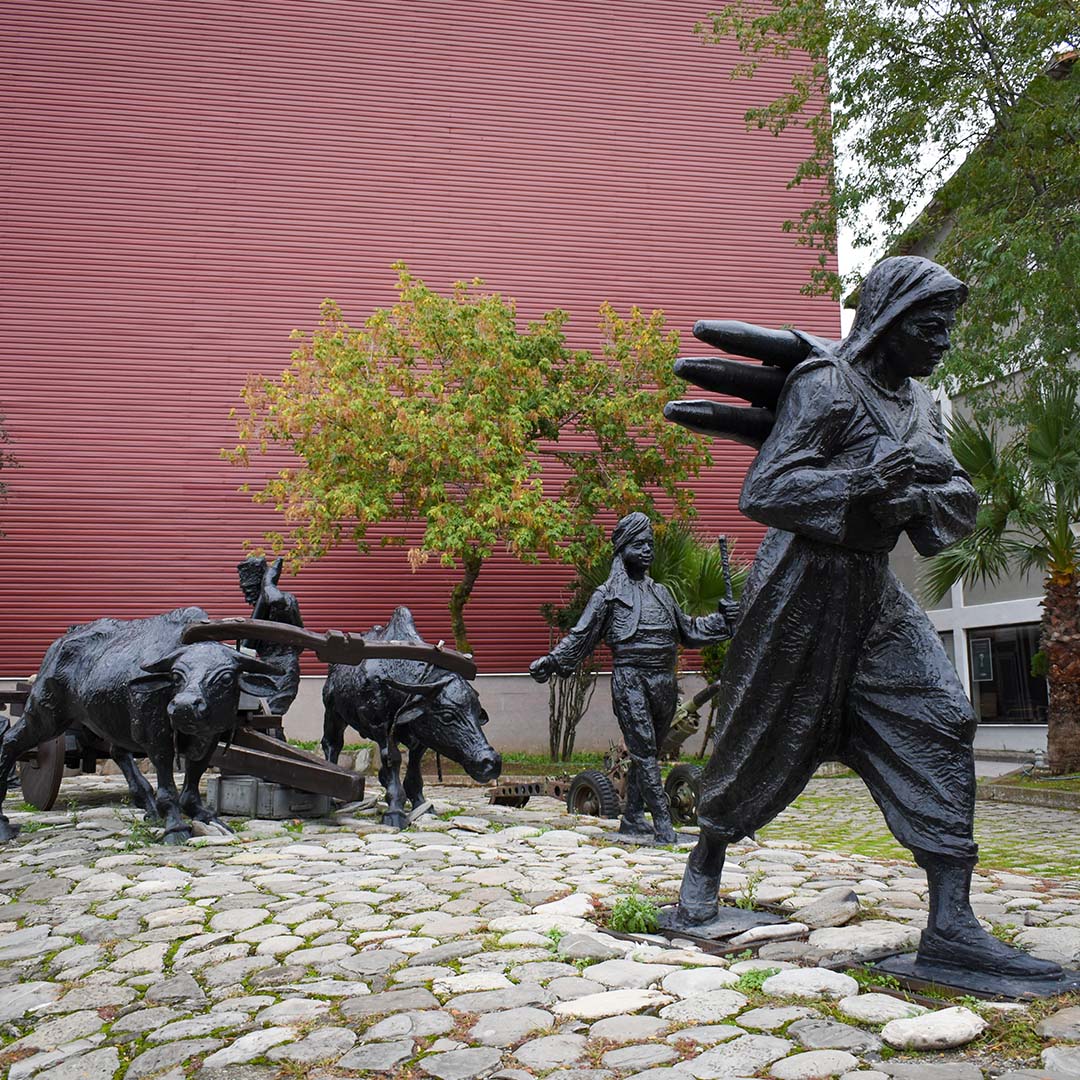Pompeiopolis
POMPEIOPOLIS
New city of the Roman Empire
The city of Pompeiopolis is a city that was founded as a tribute to the great commander of Rome, General Pompeius Magnus or Pompey the Great.

Kastamonu and its vicinity fell into the hands of the Roman Empire in 73-72 BC, after the Pontus King Mithridates VI was defeated by the Roman Commander Lucullus. Lucullus later withdrew from Anatolia and was succeeded by General Pompeius, appointed by the Roman Senate. General Pompeius expelled Mithridates VI definitively from the region, ended the dominance of the Pontic State in Kastamonu and its vicinity.

While Kastamonu and its vicinity were being reconstructed during the Roman period, General Pompeius started the construction of the city of Pompeiopolis in 64 BC. This newly founded city was named “Pompeiopolis”, which also means the city of Pompeius, after the name of General Pompeius.

The city of Pompeiopolis experienced its most powerful period during the reign of Cladius Severus, the son-in-law of Emperor Marcus Aurelius. During this period, the city became the central city of Rome’s Paphlagonia Province and was named “Metropolis Sebaste”, namely, the Holy Capital of Paphlagonia.

Pompeiopolis was the episcopal center of the church organization during the Middle Ages. The city was elevated to the rank of archbishopric between 536-553 AD. In the later historical process, with the conquest of Kastamonu and its surroundings in 1213 by Hüsameddin Çoban, one of the commanders of Seljuk Ruler Alaaddin Kayqubad, the city of Pompeiopolis was abandoned and today’s Taşköprü district was established.

The district takes its name from the historical stone bridge rising over Gökırmak, which is thought to have been built for the first time during the Roman period.
The best of all is that you come, see and experience Taşköprü for yourself, which is famous for its garlic, history and nature.

 Sanal Tur'a Giriş
Sanal Tur'a Giriş




 + 7890 456 133
+ 7890 456 133